Why was Opec created? Opec was created at a conference in Baghdad in September 1960 to protect the interests of oil-producing countries. At that time, the Arab oil fields were controlled by multinational conglomerates who had picked up the rights to virtually every drop of Middle Eastern oil for next to nothing in the wake of World War I. These so-called Seven Sisters were able to raise and lower the oil price as they saw fit. In 1960, faced with a glut of oil, the oil companies lowered oil prices unilaterally, thereby reducing the amounts that the producers received in taxes and royalties. Five of the oil producers - Iran, Iraq, Kuwait, Saudi Arabia and Venezuela - came together from a position of weakness to demand higher prices. By 1971, six other countries had joined: Indonesia, Qatar, Libya, Nigeria, Algeria and the United Arab Emirates.
How powerful was Opec?
In its early days, Opec had very little power, since the members did not control their own reserves, which mostly belonged to the concessionaires. But that began to change in 1969, following the revolution in Libya when Colonel Gadaffi took power. He instantly demanded that all oil companies operating in Libya raised their royalty payments by 25%. His success paved the way for similar moves in other countries and later for a wave of nationalisations. At first, it made little difference to the oil price, which remained under $4 a barrel. But the oil-producers soon become extremely powerful, since they now had the power to turn the oil taps on or off at their whim. Or as one Opec member put: "We have the companies - how do you say it? - over a barrel."
How did Opec use this power?
In the 1970s, Opec used its power to wreak havoc on the global economy. In 1973, Arab exporting nations unleashed an oil embargo in protest at the support given by the US and other Western nations to Israel in the Yom Kippur war. They cut production by five million barrels a day, sending the price of oil up 400% from $3 a barrel to $12 in six months, triggering inflation and recession around the world. Prices then remained relatively flat at around $13 a barrel between 1974 and 1978, but in 1979 prices doubled again to $25 a barrel, this time in response to the loss of production due to the Iran/Iraq war. But prices did not remain at these levels for long. Between 1982 and 1986, the price of oil plummeted and Opec was fighting to regain control of the market.
MoneyWeek
Subscribe to MoneyWeek today and get your first six magazine issues absolutely FREE

Sign up to Money Morning
Don't miss the latest investment and personal finances news, market analysis, plus money-saving tips with our free twice-daily newsletter
Don't miss the latest investment and personal finances news, market analysis, plus money-saving tips with our free twice-daily newsletter
Why did the oil price collapse?
Because demand collapsed. This was partly Opec's own fault, since high oil prices led to another recession. Another reason was that consumers took steps to reduce their need for oil: they invested in better insulation, more energy-efficient industrial processes and bought more fuel-efficient cars. Governments invested in alternative sources of energy. Meanwhile, the oil companies took advantage of higher oil prices to scour the world for new reserves. Throughout the 1980s and 1990s, Opec lost market share to other producers, while its own efforts to meet its price targets were undermined by over-production among its members. Following a spike in oil prices at the time of the first Gulf War, by 1994 inflation-adjusted oil prices had hit their lowest levels since 1973.
Have these problems now been resolved?
With difficulty. In the late 1990s, Opec found itself tested again. In 1997, Opec was caught out by the Asian crisis. During the mid-1990s, the success of the Asian economies had given a huge boost to demand for oil, allowing Opec to ramp up production. But following the Asian crisis in 1997, oil consumption in the region fell for the first time since 1982. But Opec failed to respond to the slump in demand and continued to pump out oil. As a result, the price slumped to close to $10 a barrel. This was a disaster for many Opec members, who faced a huge fall in their oil revenues. Opec eventually made the necessary cuts. Today, Opec is a far more disciplined organisation and for the last few years has kept to a price target of $22 to $28 a barrel.
Will Opec be able to stick to its target?
So far, it has done far better than many expected. Many commentators thought oil would go through the roof during the Iraq war, but it didn't. It remained more or less within Opec's target range. More recently, the price has spiked upwards, hitting a 13-year high of $35 a barrel. Some commentators blame Opec, arguing that it has failed to anticipate rising demand from Asia. But Opec says that the price spike in fact reflected a combination of the collapse in the dollar and speculative buying by hedge funds earlier this year, given low US oil inventories. Opec has since gone ahead with a planned production cut, yet the oil price has fallen, suggesting that Opec was right.
Get the latest financial news, insights and expert analysis from our award-winning MoneyWeek team, to help you understand what really matters when it comes to your finances.
MoneyWeek is written by a team of experienced and award-winning journalists, plus expert columnists. As well as daily digital news and features, MoneyWeek also publishes a weekly magazine, covering investing and personal finance. From share tips, pensions, gold to practical investment tips - we provide a round-up to help you make money and keep it.
-
 How cancelling unused direct debits could boost your pension by £37,000
How cancelling unused direct debits could boost your pension by £37,000A new year refresh of your spending could save you money and help boost your pension pot.
-
 NS&I cuts interest rates on 8 savings accounts
NS&I cuts interest rates on 8 savings accountsNS&I will now offer less attractive interest rates for customers wishing to lock their savings away to grow for one, two, three or five years.
-
 Is the market missing the opportunity in energy?
Is the market missing the opportunity in energy? -
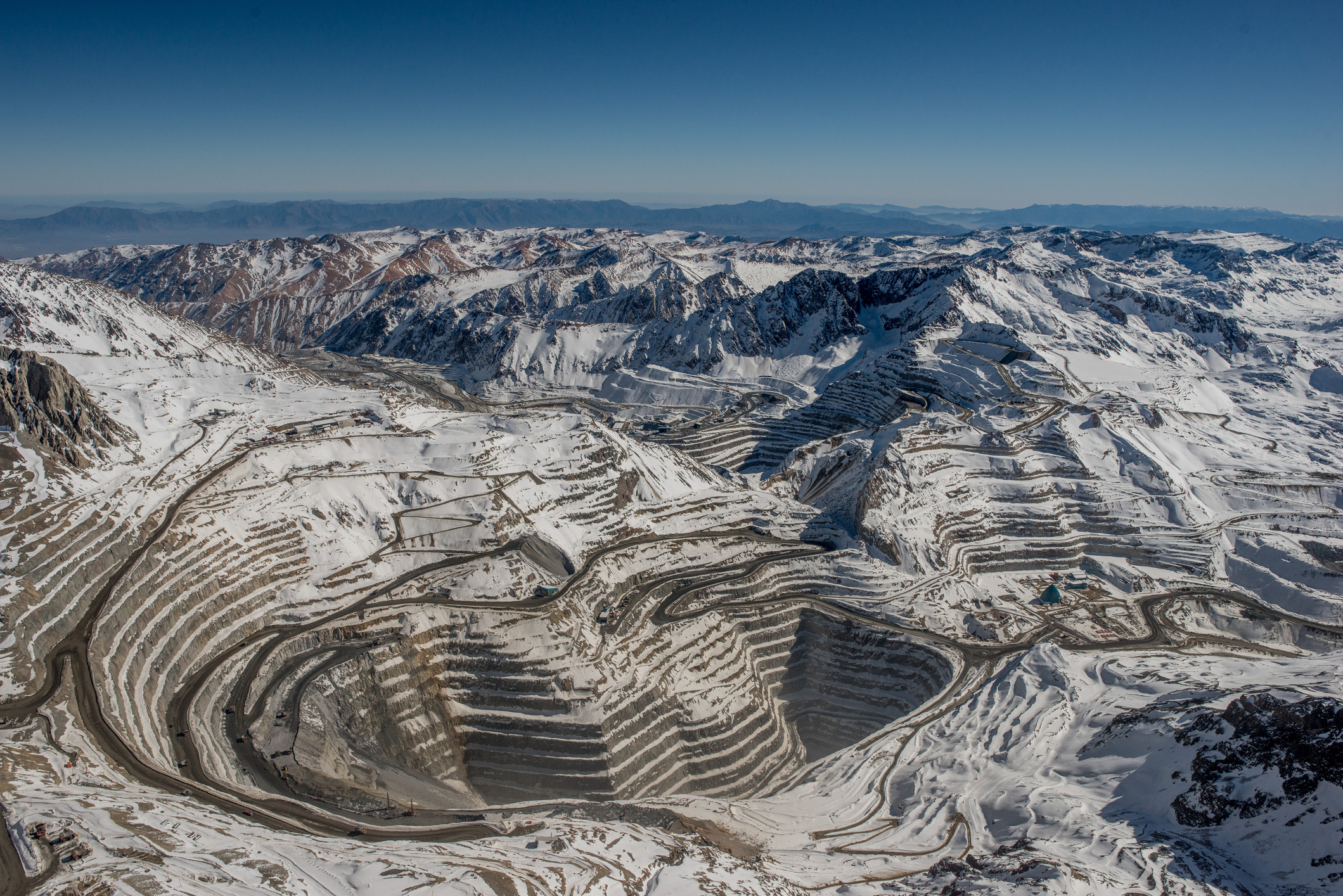 6 stocks to buy to invest in Latin America
6 stocks to buy to invest in Latin AmericaThe region is the world’s one-stop shop, boasting the raw materials required for the energy transition and key foodstuffs to cater for growing populations, says James McKeigue. Here’s how to profit.
-
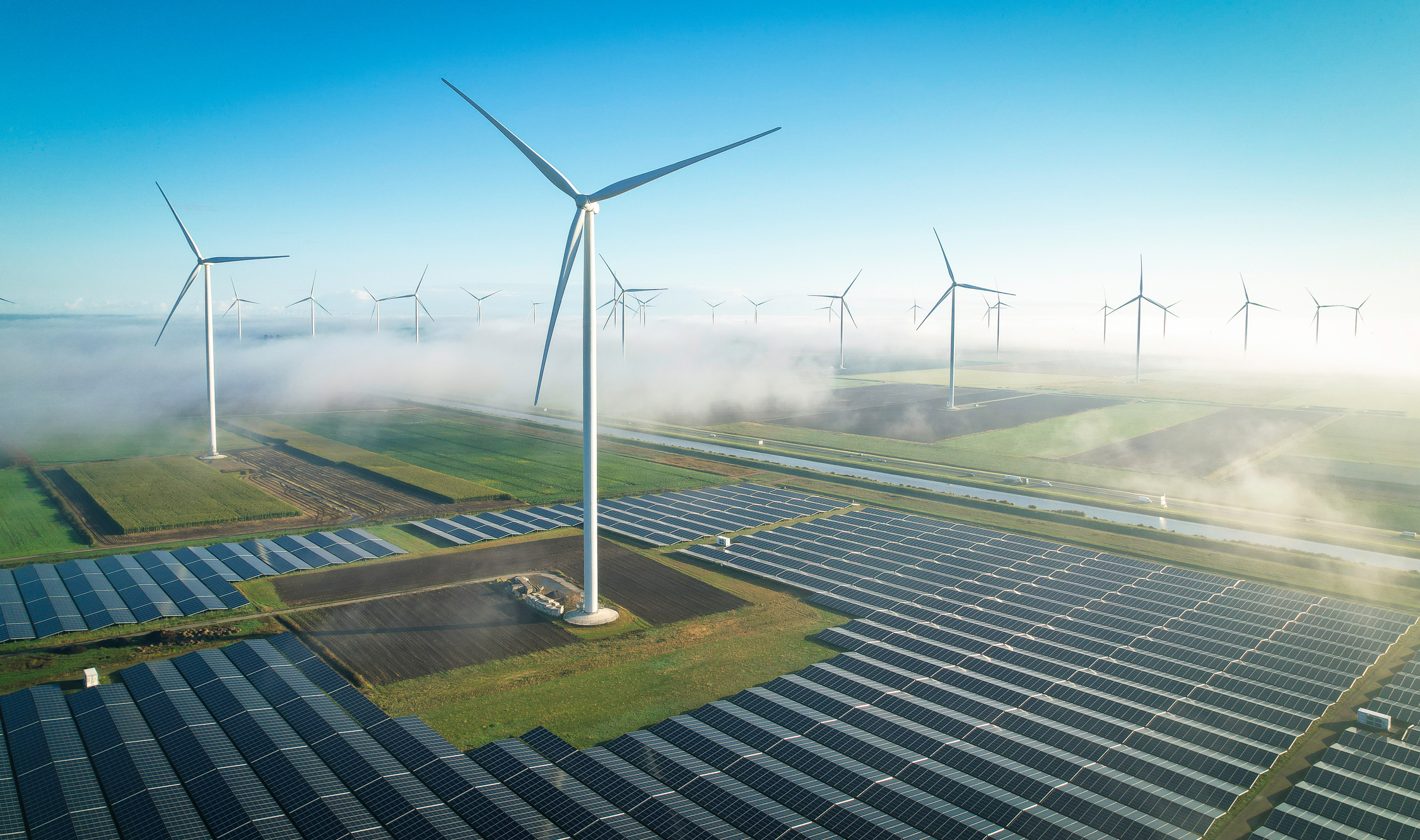 The demand for oil is slowing and green energy is taking over
The demand for oil is slowing and green energy is taking overThe IEA forecasts oil demand growth to slow sharply in the next few years. The end of the era may be underway.
-
 Is now the time to invest in oil as oil stocks top the S&P 500?
Is now the time to invest in oil as oil stocks top the S&P 500?Tips Oil stocks have enjoyed massive gains in the S&P 500. We take a look at the index’s best and worst performers and if now is a good time to invest in crude oil.
-
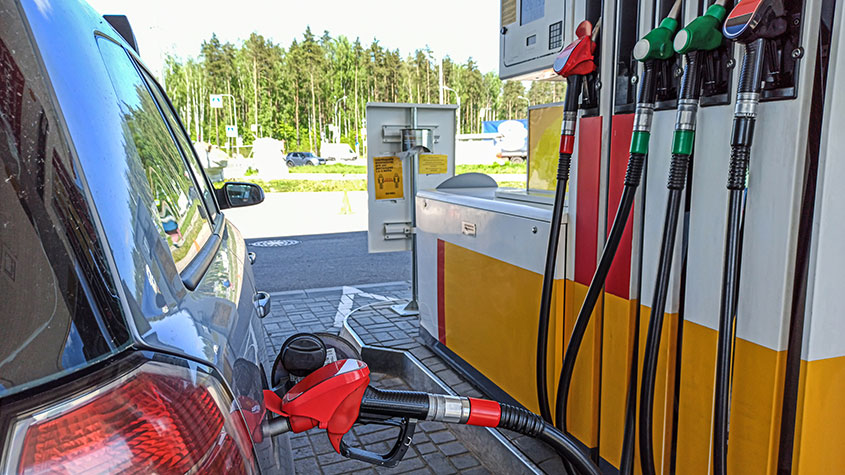 Fuel prices could rise again as Opec cuts production
Fuel prices could rise again as Opec cuts productionNews Major oil-producing countries have decided to cut oil production by two million barrels per day – could this mean higher fuel prices?
-
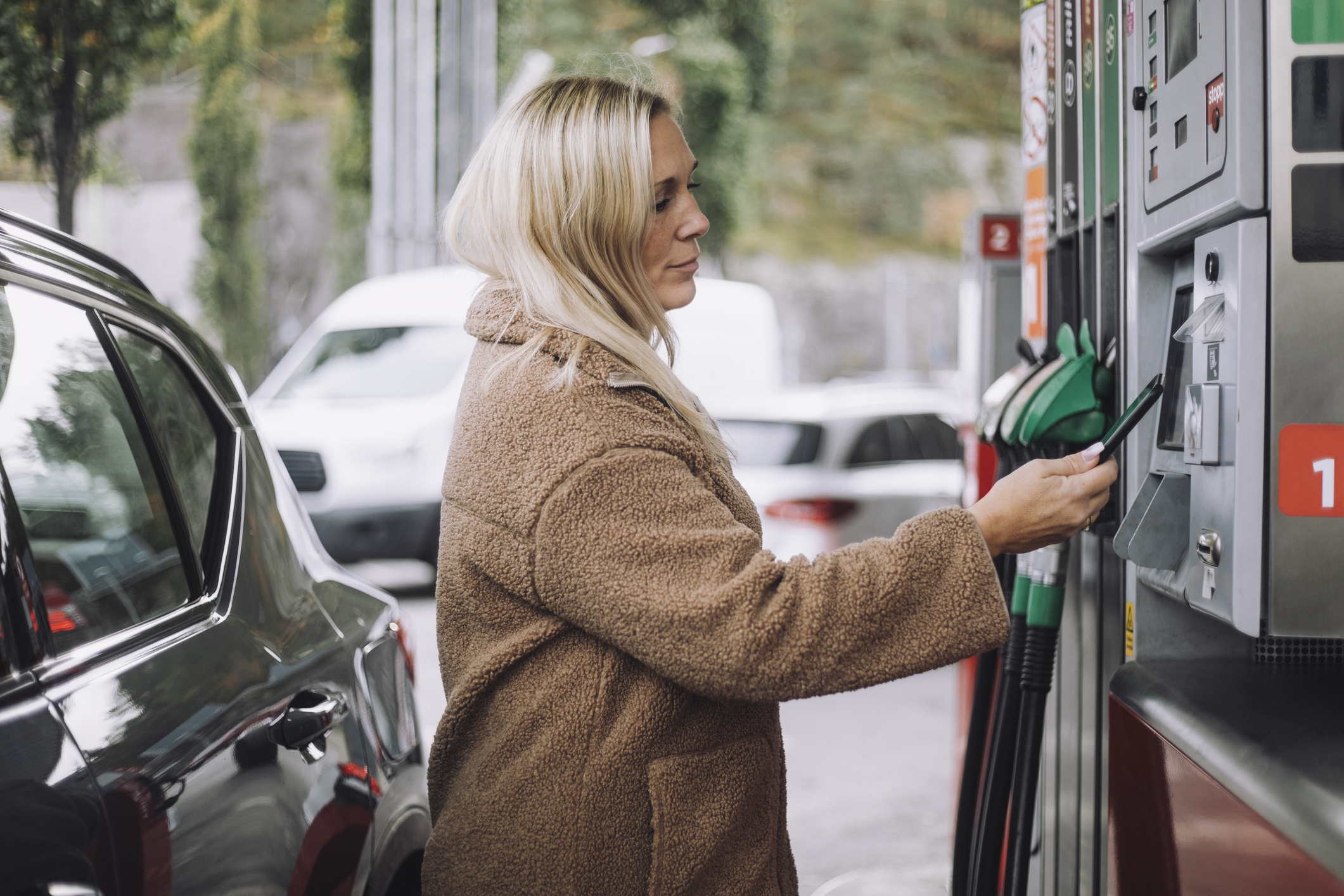 Why is the petrol price rising again?
Why is the petrol price rising again?Brits are being hit by a triple-whammy of increasing oil prices, a falling pound, and new fuel mix standards that are pushing up petrol prices
-
 John Wood Group: needs polish, but has plenty of potential
John Wood Group: needs polish, but has plenty of potentialTips Oilfield engineer John Wood’s share price has underperformed, its prospects are solid and it looks too cheap
-
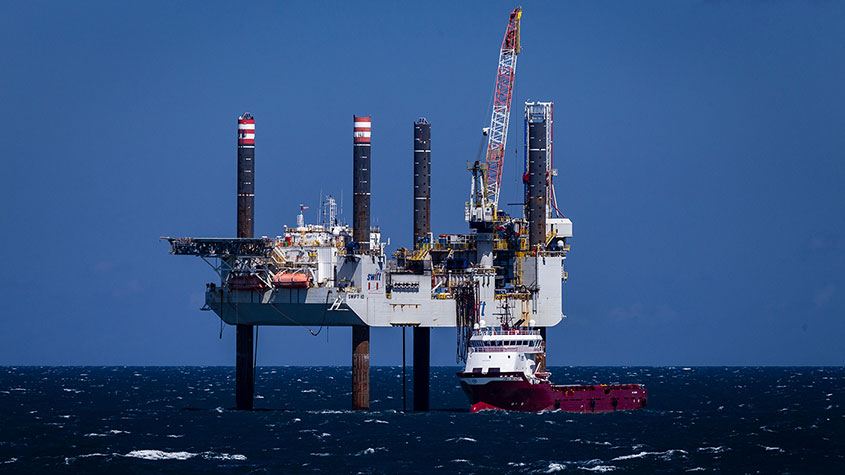 Five London-listed stocks to play the coming oil shortage
Five London-listed stocks to play the coming oil shortageTips After peaking in June, the oil price has fallen back and oil companies have fallen out of favour with investors. But with supply predicted to outstrip demand, there are plenty of opportunities to profit. Here, Rupert Hargreaves picks five of the best London-listed oil stocks to buy now.

